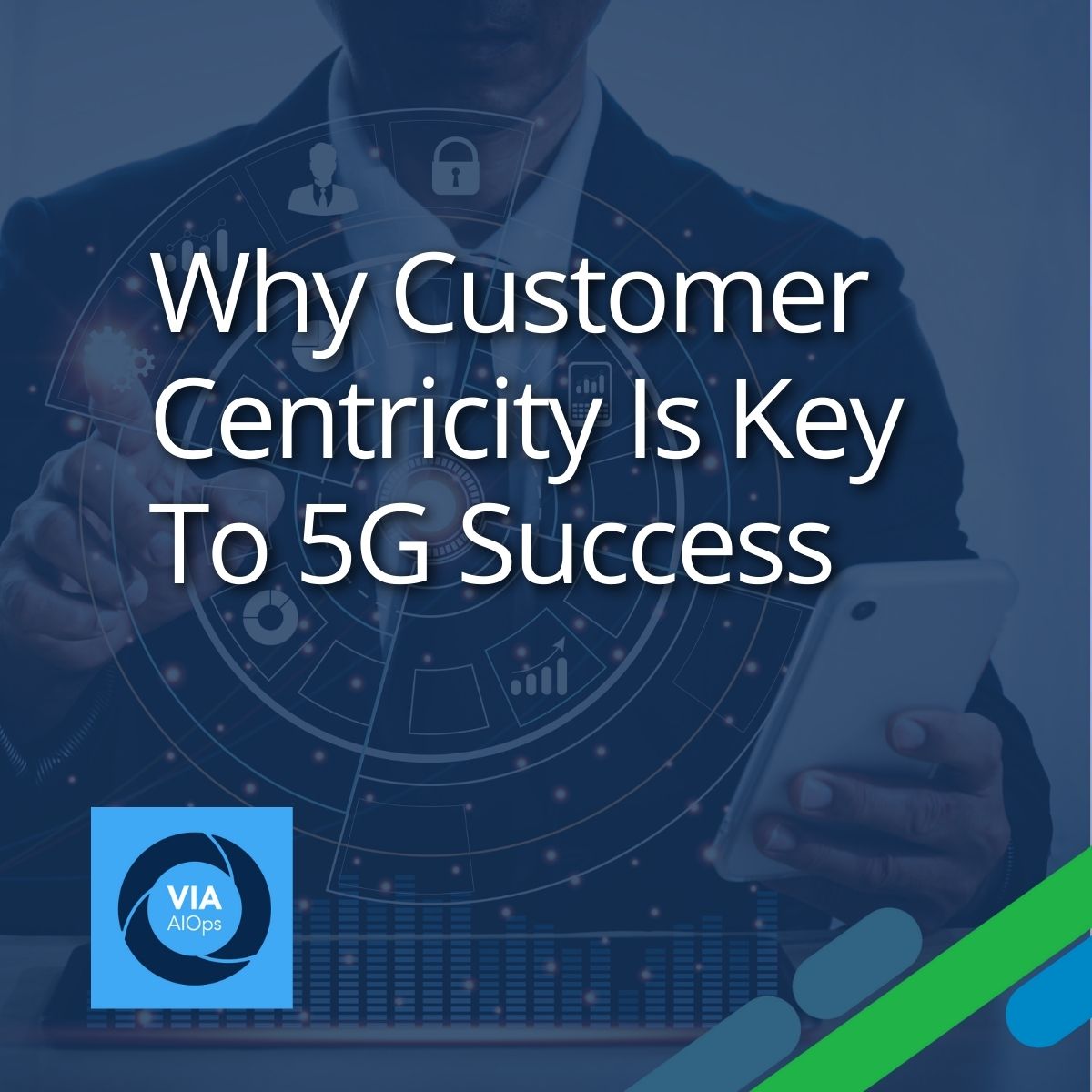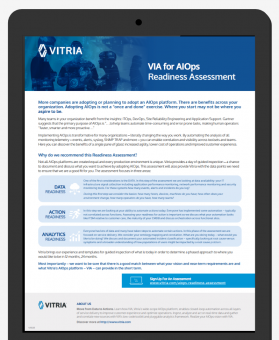Why Customer Centricity Is Key To 5G Success

The good news: 5G will put the telecommunications industry in a position to market innovative end-user features and applications on a scale never before possible.
The bad news: many customers are not convinced that these new features, and the prices they’ll extract, will be worth the wait – and the cost.
A 2018 survey by PricewaterhouseCoopers found that about two-thirds of 1,000 home and mobile users would not be willing to pay higher monthly costs for the anticipated increase in speed that will come from 5G.
As PwC points out, consumer attitudes will likely grow more favorable as awareness grows and more specific usability benefits become clear. But the survey’s response points to a major challenge for telecoms that are now investing large capital sums preparing for the next wave of wireless expansion.
Moreover, the challenge is far from simple. The PwC study shows that, based on current attitudes of home and mobile consumers, the most important feature, even before speed, is reliability.
“It’s no surprise that if consumers could change just one thing about their current Internet, both in and out of the home,” says PwC, “the majority would change its reliability—more so than speed, data, and cost.”
In the eyes of today’s consumers, 5G wireless brings promises of greater functionality, such as device portability for home Internet users and “true” unlimited data for mobile customers. But these promises will fall flat if reliability and related issues – such as coverage consistency – aren’t improved as well.
But First, The Infrastructure
Telecoms know that maintaining service reliability is a major challenge even in today’s world of growing customer numbers and faster new-product cycles. But the move to 5G infrastructure adds its own complexities as telecoms strive to bring harmony and virtualization to traditionally hardwired service layers.
For instance, today’s telecoms are using virtualization techniques such as NSV (Network Services Virtualization) and SDN (Software Defined Networking) to separate logical and physical network components, and some are still working on harmonizing the efforts of their formerly separate OSS and BSS Operations and Business Support Systems) functions. Although 5G infrastructure rollouts will take place over several years, they will have to accommodate new complexities in technology, such as massive MIMO – multiple input and multiple outputs – and the millimeter-wave equipment to handle higher-frequency applications.
For the telecom, the challenge is not unlike trying to shuffle the earth’s tectonic plates without collapsing the houses above, because all this infrastructure work should be done without disrupting user services. It’s especially critical now, while user opinions are still forming about the value of 5G.
Bringing The Customer Into View
What these telecoms need is ongoing, real-time visibility into customers and their interactions with network operations and infrastructure. This is important for two reasons: to head off reliability issues that may be caused by the changing service infrastructure, and to see effects of new features and application rollouts – which will be gaining momentum as 5G opens up new bandwidth – in time to take fast corrective action or even to address potential issues proactively.
There are compelling reasons why telecoms should care about service reliability. For one, it costs more money to acquire a new customer than to retain an existing one. Consulting company Bain has reported that companies that excel in customer experience can grow revenue as much as eight percent above the market.
Another is enhanced customer loyalty. The Bain report also showed that superior customer service can turn customers into promoters with a lifetime value as much as 14 times that of detractors.
Tying customer experience into network operations is no simple task, which is why telecoms are investing not just in 5G infrastructure but also in real-time, cloud-based analytics that can build customer visibility into the daily operations of the network.
Network performance management and element management systems generate plenty of alarms; often too many, in fact, to allow for human analysis. What’s needed is the ability to analyze all of the available data together using real-time processing, AI and ML. With this ability, the root cause can be distinguished from the symptoms, the issues resolved more rapidly and reliability can be improved. When the entire network delivery ecosystem and customer impact is understood, the right issues can be prioritized and quickly acted upon. This ability can be realized with the implementation of the latest, next-generation AIOps application. Understanding the cause of the problem, the customer segments impacted, and under what conditions along with the ability to relay all of this information to the right fixer group are the key to improving reliability, particularly with the increased complexity that 5G and network slicing brings.
Making Way For The Future
Customer visibility will be even more critical as 5G applications evolve and multiply. New use cases will open new markets, and telecoms will work to make the best use of high- and low-band operations to serve them cost-effectively.
McKinsey points out that “Network slicing promises great advances in customer experience and delivery, as well as new business models. But network slicing’s true potential, whereby operators provide dedicated virtual networks with functionality specific customer over a common network ‘, will only be achieved when end-to-end reconfiguration is possible in real-time. That degree of sophistication will require high levels of network intelligence and automation.”
Telecoms will have to think creatively to make the most of their 5G opportunities, and customer-centric analytics will serve as a vital guide as they navigate to the future.




0 Comments